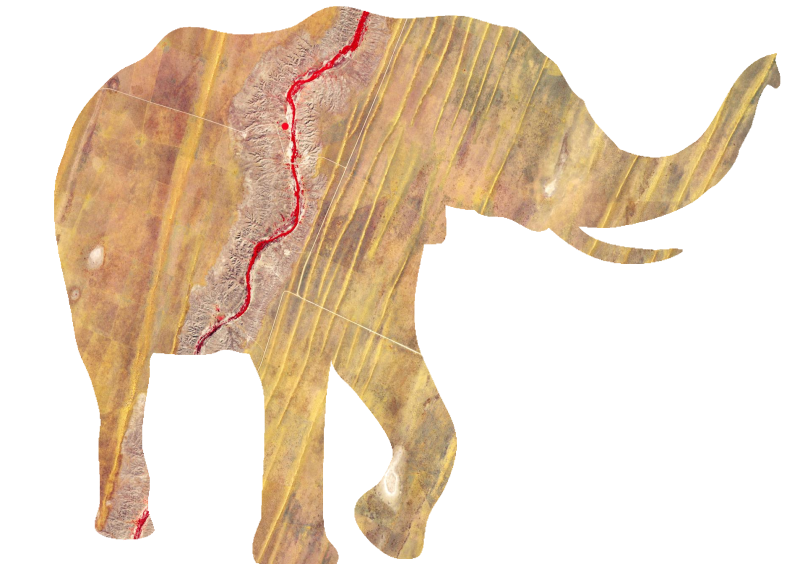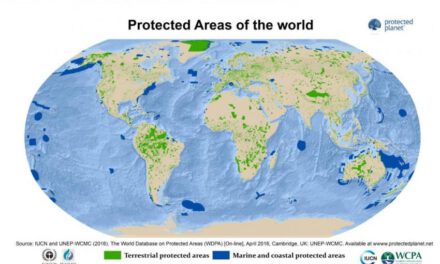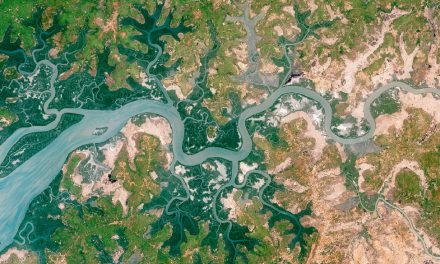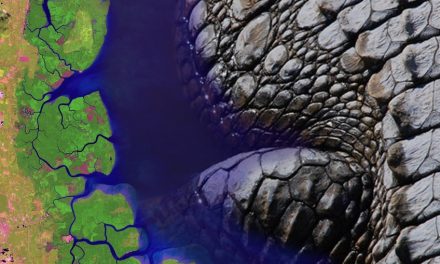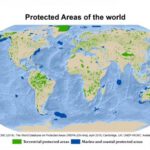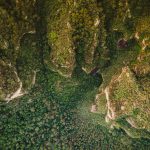 Training of remote sensing for ecology and conservation is offered increasingly and various approaches are pursued. Different approaches, data sets, sensors and aims are targeted in a variety of trainings but their results, lesson-learnt and approaches are rarely reported. There is a need to review and discuss the past and future of spatial training in ecology and conservation in order to improve and develop needed training activities. In this special issue a forum for a wide range of articles such as reviews, policy forum and interdisciplinary perspectives on remote sensing training for ecological and conservation research is offered. Authors are encouraged to submit manuscripts of past activities or perspectives on needed developments.
Training of remote sensing for ecology and conservation is offered increasingly and various approaches are pursued. Different approaches, data sets, sensors and aims are targeted in a variety of trainings but their results, lesson-learnt and approaches are rarely reported. There is a need to review and discuss the past and future of spatial training in ecology and conservation in order to improve and develop needed training activities. In this special issue a forum for a wide range of articles such as reviews, policy forum and interdisciplinary perspectives on remote sensing training for ecological and conservation research is offered. Authors are encouraged to submit manuscripts of past activities or perspectives on needed developments.
Type of contributions
Beside original research articles with a maximum of 5000 words, excluding acknowledgements, references and figure and table legends, also the following contributions are possible:
Reviews of training activities: maximum of 4000 words, excluding acknowledgements, references and figure table legends. Reviews are expected to be topical, succinct contributions that identify current gaps; provide novel insights into future interdisciplinary challenges and ultimately guide new training activities.
Interdisciplinary training perspectives: maximum of 4000 words, excluding acknowledgements, references and figure and table legends. Interdisciplinary perspectives provide a platform for scientists and practitioners to present personal and well-argued views on current and future priorities for strong, dynamic interactions among the ecological and remote sensing communities. Perspectives also provide opportunities for authors to raise thought-provoking interdisciplinary issues that advance collective thinking.
Policy forum: maximum of 4000 words, excluding acknowledgements, references and figure and table legends. Policy forums should support transfer of information between the research and policy spheres. They should be set within a broad policy context and relevant to constrained decision making; opinions should be identified clearly as such and be grounded in evidence.
Submission
Manuscripts should be submitted online before April 15th to the Remote Sensing in Ecology and Conservation Journal, which is a fully open access journal from Wiley and the Zoological Society of London. The journal will provide a forum for the rapid publication of peer-reviewed, multidisciplinary research from the interface between remote sensing science and ecology and conservation.
Manuscripts can be submitted until the deadline (15th of April 2016). Papers will be published continuously after acceptance and will be listed together on the special issue website.
All manuscripts are refereed through a peer-review process.
Guidelines for authors: http://onlinelibrary.wiley.com/journal/10.1002/%28ISSN%292056-3485/homepage/ForAuthors.html
Submit your manuscript: https://mc.manuscriptcentral.com/rsec
Submitted manuscripts should not have been published previously, nor be under consideration for publication elsewhere (except conference proceedings papers).
This special issue is edited by Dr. Martin Wegmann who is involved in the training activities AniMove.org as well as EcoSens.org and published a textbook on remote sensing and GIS in ecology which aims at training ecologists in remote sensing .
